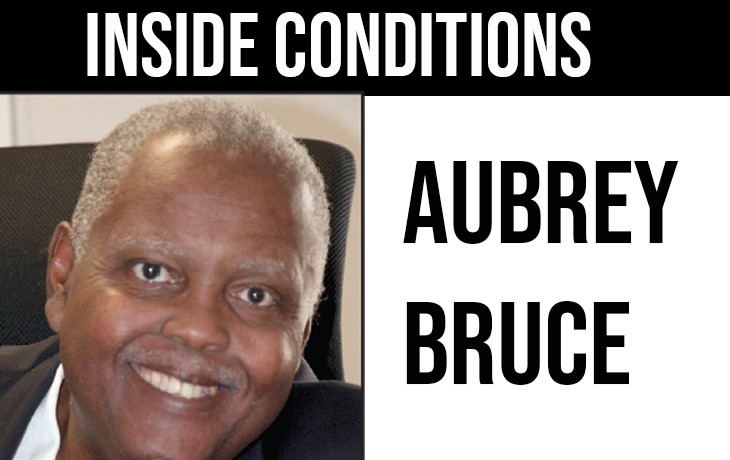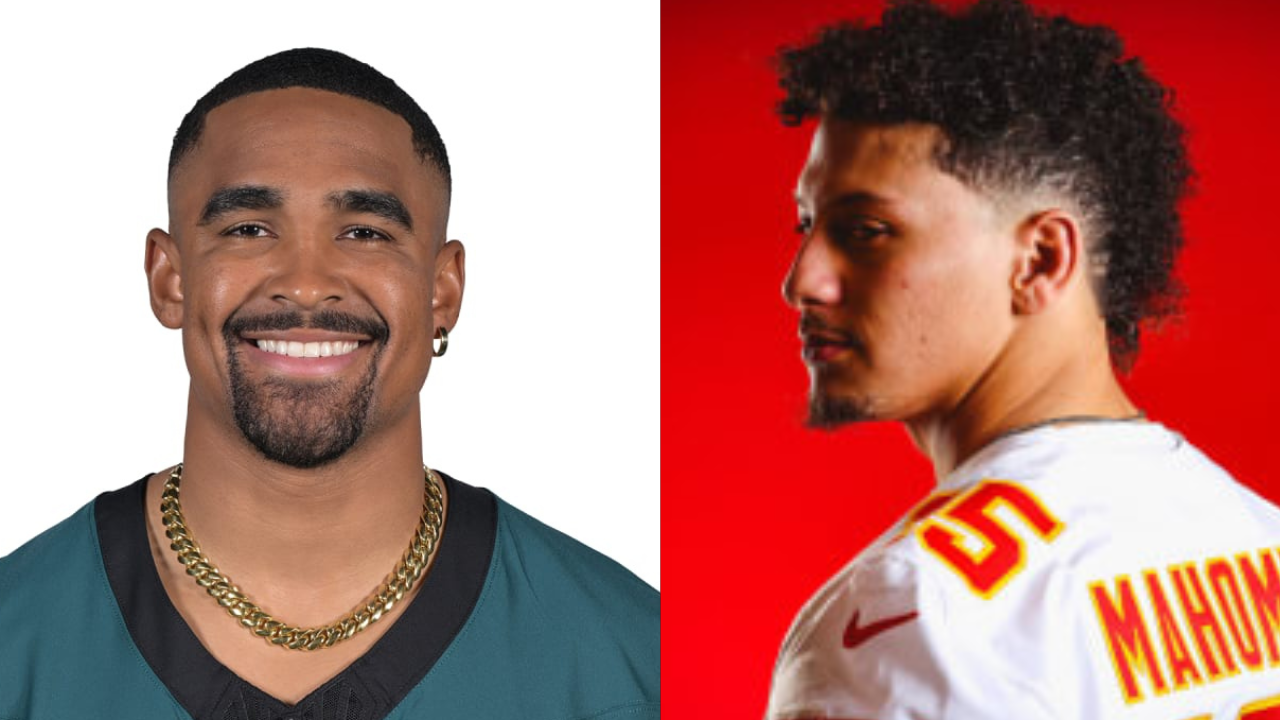Hey there ladies and gents, check this out, will ya? There were weather reports of a few “graveyard tornadoes” that occurred during the last few weeks. These twisters were not the result of warm, humid air colliding with cold dry air causing twisters to form throughout the heartland of America.
Rather, these underground funnel clouds were caused by a few late members of the old guard of professional football spinning in their graves when they read the number of Black starting quarterbacks on the rosters of the teams that made the 2024 NFL Playoffs.

This newfound plethora of young quarterbacks has caused an emotional hurricane among those remaining disciples of professional football, some who were “foaming at the mouth angry” because they have in the past and continue to worship and view the quarterback position as the “holy grail” of the sport. Out of the 14 teams that qualified for the 2024 NFL postseason, the starting QBs of 7 of those teams were players of color!
The following is an excerpt from a Ta-Nehisi Coates article posted on theatlantic.com on November 17, 2011: “A History of Segregation in the NFL.” Ms. Coates writes, “in the early days of professional football, with teams like the Kenosha Maroons and the Staten Island Stapletons–nearly 50 different squads in the 1920s, many of which were able to stay in business only a year or two–the very idea of a pro football league was mocked. Baseball was the national pastime, already inspiring writers like Ring Lardner; college football was beloved in the places where it still is today (Ann Arbor, South Bend), and many where it’s now an afterthought (the Bronx, New Haven). Boxing and thoroughbred racing rounded out the big four spectator sports of the day. Professional football barely registered. It is largely for this reason that the NFL, in contrast to Major League Baseball, had actually had a few Black players–the owners were desperate enough to accept them, and the public just didn’t care enough to lodge the usual protests about ‘mongrelization.’ But in 1933, the league suddenly banned Black players. It did so secretively, and no one would ever own up to the decision.”
Let’s take a glance at the word “mongrelization,” shall we? The word implies that when any race, product, or service is diluted or mixed that race, service or product is “mongrelized.” When anything is mixed, the original value will more than likely be diminished. Even after the “color wall” was demolished, in the NFL, the quarterback position remained off-limits to athletes of color supposedly because of their inferior intellect.
An excerpt from an article posted on biography.jrank.org stated that: “Fritz Pollard became the first African American to play in the Rose Bowl when he played for Brown University in 1916 and the first African American to coach in the National Football League.” Pollard also graduated from Brown in 1918 with a degree in chemistry. So much for not being intellectually astute enough to comprehend pro football strategies, plays, game plans and analytics.
In years past and continuing today, when Black quarterbacks exit the pocket and run for first downs, they are often accused of not reading their checkdowns and “not allowing the play to develop.”
Many Black players possess superior physical skill sets because of 400 years of being “environmentally conditioned” by inhumane labor practices. So theoretically during the centuries of having to endure those hellish conditions, they became stronger and faster. That was one of the primary reasons that players of color were not allowed to compete against White players, especially when it came to skilled positions. As far as NFL QBs are concerned, when Randall Cunningham exited the pocket and Michael Vick and Kordell Stewart ran for the cash…When Donovan McNabb took a cab while Cam “Fig” Newton kept his horn tootin… All of the above running quarterbacks brought stability with their mobility. As the late Pittsburgh Pirates broadcaster Bob Prince might exclaim from the broadcasting booth with a “jug of medicine” in one hand and microphone in the other, that they were a “bug loose on the rug.” The “rug,” for some of you who are a bit younger, was the artificial turf that a lot of teams played on in the ‘70s and ‘80s. The players named above had missiles for legs and rockets for arms.
See folks, it is often difficult and at times almost impossible for quarterbacks whose wide receivers are not wide open to escape the pocket and avoid being sacked and tackled for losses, trying to dodge opposing defenses that have linebackers and even some defensive linemen that run sub-4.6 forty-yard dash times. They have invented a new aid for slow QBs. Their new helpmate is now called the “roughing the passer penalty.”
Before Kansas City Chiefs Head Coach Andy Reid became the head coach of the dynasty-bound Chiefs, he was the head coach of the Philadelphia Eagles, from 1999-2012. His first draft choice was Donovan McNabb. He chose McNabb as the second choice of the first round of the 1999 NFL Draft.
In 2013, he became the head coach of the Chiefs. He drafted Patrick Mahomes in the first round of the 2017 NFL Draft. Was this about to become a deja vu moment or was it just Reid repeating a brilliant personnel strategy from the past? In 1999, Andy Reid was a brilliant visionary, realizing that the skill set of the professional QB had evolved from a “pocket back” to an all-purpose position and Andy Reid wanted to be ahead of the curve. To Reid, it wasn’t about color, it was about ability. When it ceases to be about melanin, then we will no longer have to have fanfare along with trumpets blaring about the first Black this, that or the other…

